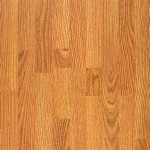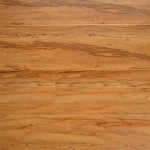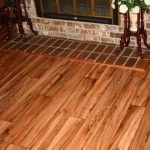Vinyl Plank Flooring for Uneven Floors: Essential Aspects for a Successful Installation
Vinyl plank flooring has emerged as a popular choice for homeowners due to its durability, ease of maintenance, and stylish appearance. However, installing vinyl plank flooring on uneven floors can pose challenges. Here are some essential aspects to consider for a successful installation:
1. Assessing the Unevenness Level
The first step is to determine the extent of the unevenness in your floors. Use a level or straightedge to check for dips, rises, or slopes. Measure the height differences to assess if the floor is within the manufacturer's recommended tolerance for vinyl plank flooring installation. Typically, floors should not deviate more than 3/16 inch over a 10-foot span.
2. Preparing the Subfloor
Uneven floors require proper subfloor preparation before installing vinyl plank flooring. This may involve leveling the floor with self-leveling compound, installing a leveling underlayment, or using a combination of these methods. The goal is to create a smooth and stable surface for the vinyl planks to adhere to.
3. Choosing the Right Vinyl Plank Flooring
Not all vinyl plank flooring is suitable for uneven floors. Some products have a thicker and more rigid core that can better withstand imperfections. Look for vinyl planks with a high-density core or a built-in underlayment that provides additional support. Also, consider planks with a beveled edge, which helps to conceal minor unevenness.
4. Installing the Vinyl Plank Flooring
When installing vinyl plank flooring on uneven floors, it's crucial to follow the manufacturer's instructions carefully. Dry-fit the planks first to identify any areas of unevenness that require additional attention. Apply a generous amount of adhesive to the subfloor and firmly press the planks into place. Use a tapping block and a rubber mallet to ensure a secure bond.
5. Transitions and Trims
Transitions and trims are essential for a finished and professional look, especially when installing vinyl plank flooring on uneven floors. Use transition pieces at doorways and thresholds to smooth out height differences between different flooring materials. Baseboards, quarter rounds, or other trims can be used to conceal gaps and provide a seamless transition between the flooring and walls.
Conclusion
Installing vinyl plank flooring on uneven floors requires careful planning and preparation. By assessing the unevenness level, preparing the subfloor adequately, choosing the right flooring, and following the installation instructions closely, you can achieve a successful and durable installation. Vinyl plank flooring offers a stylish and practical flooring solution, even on challenging uneven surfaces.

Should We Be Concerned About Vinyl Plank Installed Over Uneven Floors

Vinyl Plank Flooring On Uneven Concrete

Vinyl Planks Installed Over Uneven Floor How Do I Fix It Now Doityourself Com Community Forums

Lvp Lvt And Engineered Hardwood Floors For Uneven Surfaces

Diy Vinyl Plank On Uneven Floors

How To Install Vinyl Plank Flooring On Uneven Floor

Easy Ways To Install Vinyl Plank Flooring On Concrete

A Beginner S Guide To Installing Vinyl Plank Flooring Dumpsters Com

Cottage Q A Should I Use Vinyl Flooring In My Unheated Life

Vinyl Plank Flooring On Uneven Concrete
Related Posts








